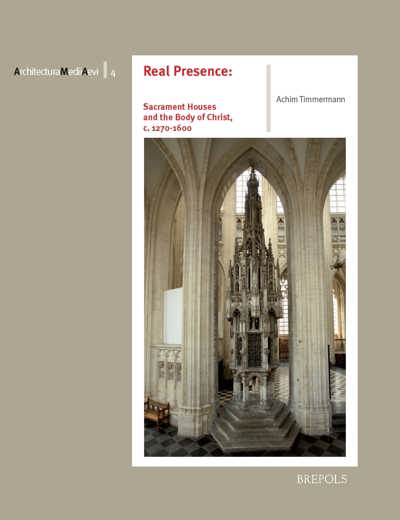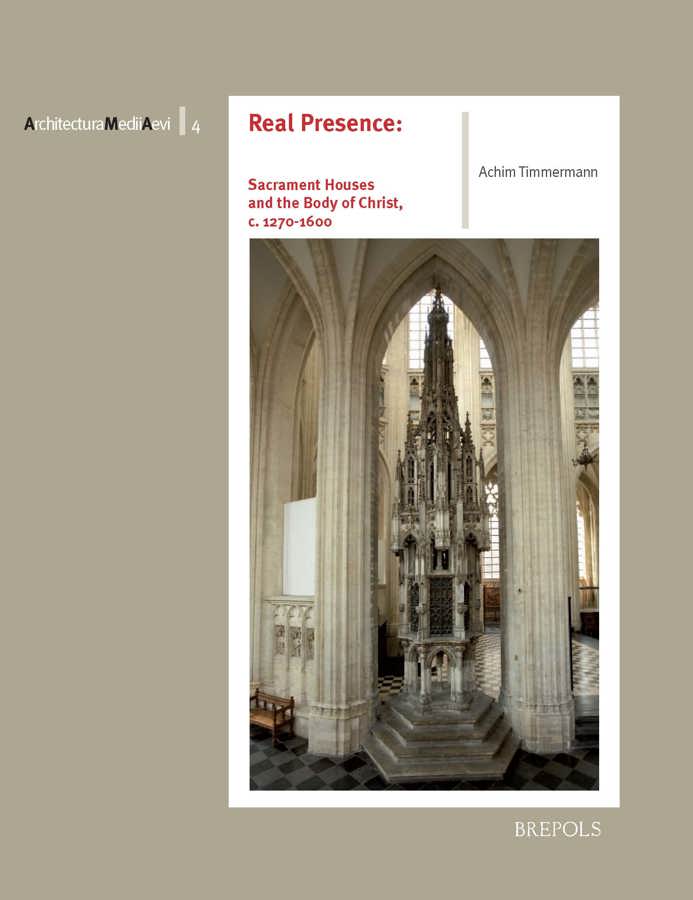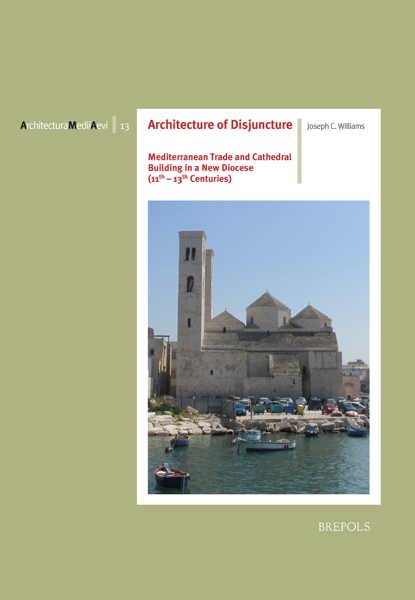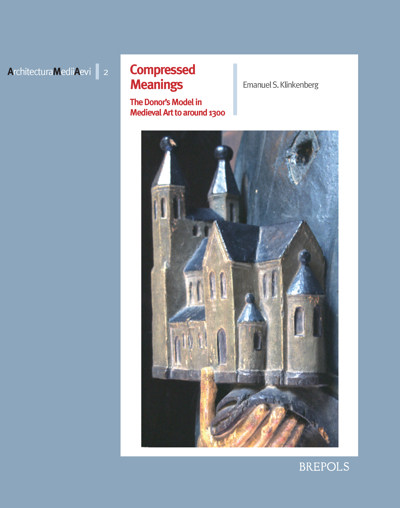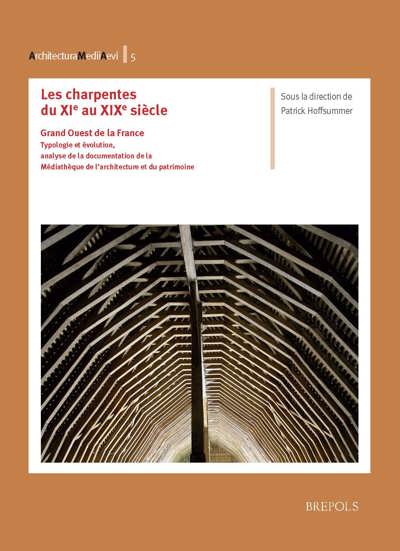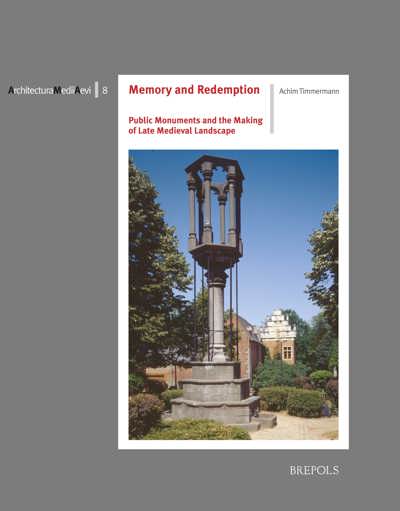
Real Presence: Sacrament Houses and the Body of Christ, c. 1270-1600
Achim Timmermann
- Pages: xvi + 442 p.
- Size:216 x 280 mm
- Illustrations:381 b/w
- Language(s):English
- Publication Year:2010
- € 105,00 EXCL. VAT RETAIL PRICE
- ISBN: 978-2-503-53012-3
- Paperback
- Available
"Timmermann's book is a serious contribution to the study of the dynamics between theology, liturgics, popular piety, and architecture. Perhaps its greatest strength, apart from simply presenting us with a detailed study of this largely unexplored but significant architectural typology, is the wealth of photos and drawings (381 illustrations), many of them from his own camera. This should be a valuable resource for students and practitioners of ecclesiastical architecture, as we reexamine the precedents of our architectural traditions to find new ways of expressing the sacramental reality that informed the great medieval and Renaissance sacrament towers." (Steven J. Schroeder, on the website of The Institute for Sacred Architecture: http://www.sacredarchitecture.org/reviews/a_whole_theatrical_presentation/)
Achim Timmermann teaches art history at the University of Michigan, Ann Arbor. His research interests cover late medieval art and architecture, with particular focus on microarchitecture and the visual stage-management of the body of Christ.
